Emails reveal Rio Tinto had second thoughts before Pilbara cave blast
Rio Tinto says it tried to stop the detonation of the 46,000-year-old Juukan caves as it was aware of its cultural significance.
Rio Tinto tried to stop the detonation of the 46,000-year-old Juukan Gorge caves as it was aware of its cultural significance and the concerns of traditional owners, but went ahead with the blast because it was too late to stop the demolition safely, according to internal company memos.
Emails sent by Rio Tinto’s iron ore chief Chris Salisbury and obtained by The Weekend Australian show the miner was aware of the significance of the site at the time of the blast.
Mr Salisbury had claimed they were not aware of them until just prior to destroying them, saying “recently expressed concerns of the (Puutu Kunti Kurrama and Pinikura people) did not arise through the engagements that have taken place over many years”.
In an email to staff last week, Mr Salisbury wrote: “We delayed the activity of the blast to see what we could do to stop it. But after a safety assessment of the situation we had to go ahead.”
The mining giant has spent the weeks since the May 24 blast — which drew international condemnation, inflamed tensions with indigenous groups, and led to Rio being compared with the Taliban and their destruction of the Bamiyan Buddhas — desperately staving off reputational damage.
Publicly, Mr Salisbury has made numerous apologies but struggled to explain just how and why the caves came to be destroyed. On Friday, he told ABC’s Radio National the detonation was caused by a misunderstanding. “Regrettably, we thought we had a shared understanding with the PKKP about the future of that site,” he said.
The blast had “rocked me personally, and it was never our intent to cause distress”, he said.
Behind the scenes, Rio has been somewhat more unrepentant. “It is important to note that the reporting does not always share the entire facts as we understand them, and we have not wanted to move into the territory of public accusations of who said what when,” Mr Salisbury wrote to staff in the memo circulated last week.
“We have no record of PKKP asking us to stop mining until mid-May when the blasting was already loaded.”
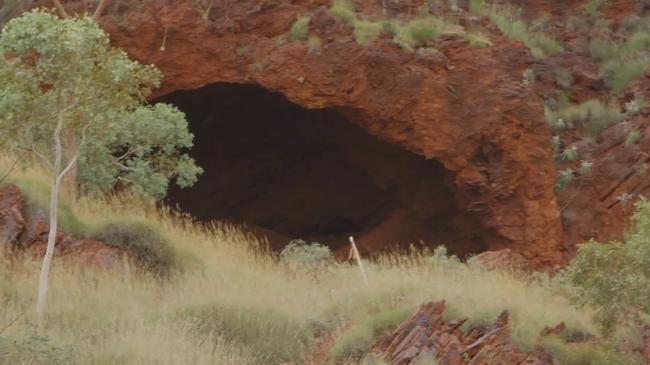
Whether Rio was aware of the cultural significance of the Juukan Gorge site remains in question.
PKKP spokesman Burchell Hayes said the group had repeatedly communicated the site’s cultural significance to the resources giant. “When we say those sites are significant, we have an expectation that miners (like) Rio Tinto don’t go there and they don’t go and disturb that place,” Mr Hayes said.
Rio Tinto mine manager Brad Webb had told the PKKP there were no plans to mine Juukan Gorge, Mr Hayes said.
Meanwhile, a 2015 documentary of the area, revealed by The Australian on Thursday, would have dispelled any doubts that the company did not know how the PKKP people felt.
The film included a 30-minute testimonial by six custodians standing metres from the edge of the mine. “Even though in our heart we try to save all the sites around the area, we never win,” PKKP member Sandra Hayes tells the camera.
The documentary was paid for by Rio Tinto.
The company insists it is a good corporate citizen — a miner aiming for net-zero emissions and which signed the first native title agreements — but now finds itself accused of crass indifference to Aboriginal timelines stretching further back than France’s Lascaux caves?
However, Rio has found some support in an unlikely place. West Australian Greens MP Robin Chapple, whose work with Pilbara mining companies gave him intimate knowledge of how miners approached Aboriginal native title groups, insists Rio has been one of the better miners when dealing with indigenous people.
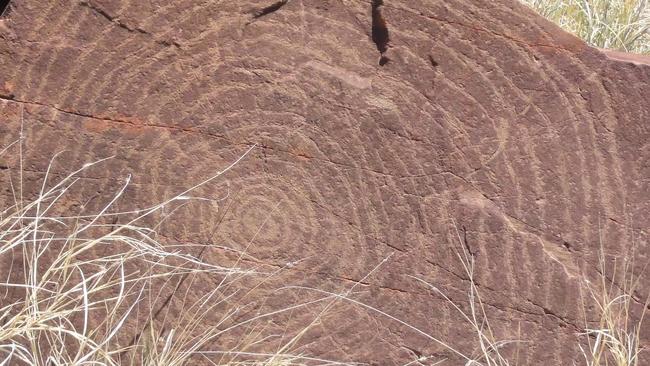
Mr Chapple says the problem — and that of all miners, good or bad — is that they are all complicit in a heritage system that reduces Australia’s prehistory to piles of red ore-rich dirt on a weekly, even daily, basis in mineral-rich Western Australia.
It starts, he says, with the stroke of a pen. Rio did not act without approval.
With Juukan Gorge, Rio Tinyo applied in 2013 to the Aboriginal Affairs Department for permission to mine the site via a Section 18 exemption under the Aboriginal Heritage Act 1972. That approval requires the applicant to provide expert identification of significant sites and artefacts on the target area, and offer “salvage and store” remedies to traditional owners.
A Section 18, which means the company wants permission to destroy heritage, is assessed by the state’s Aboriginal Cultural Materials Committee and sent to the Heritage Minister for approval.
Documents filed to the ACMC show the Juukan caves were recorded as having “high archaeological significance”.
Yet Rio Tinto received the ministerial sign-off that made the caves’ destruction, seven years later, entirely legal.
Between 2010 and this year, there were 463 other applicants seeking the tick to destroy or “relocate” heritage. Every last one was approved. And Aboriginal groups have no appeal rights against his decision; miners do.
Aboriginal Affairs Minister Ben Wyatt, who is related to federal Indigenous Affairs Minister Ken Wyatt, has flagged a review of the laws. But that hasn’t salved the hurt of losing the Juukan Gorge caves. The detonation was unable to be pulled after two assessments concluded it would be impossible to disarm safely.
Ironically, a year after Rio Tinto got its Section 18 approval, an archaeological dig at Juukan Gorge revealed the oldest known example of bone tools in Australia — a sharpened kangaroo bone dating back 28,000 years — and a 4000-year-old hair plait whose DNA connected it to local Aboriginal custodians.
The dig, paid for by Rio Tinto, retrieved 7000 artefacts.
Sources close to the PKKP say Rio Tinto’s liaison officer between 2010 and 2018 was repeatedly told of the cultural significance of Juukan Gorge and elders’ distress at its mooted destruction.
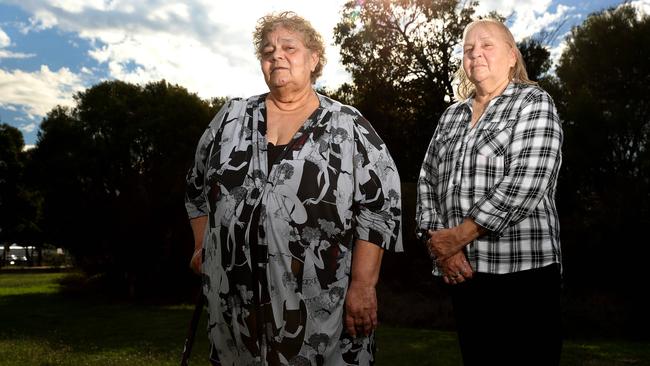
Only last October, during one of Rio’s regular local implementation committee meetings with traditional owners, PKKP requested a visit to assess the condition of Juukan Gorge. On March 4, the elders asked Rio again for permission to visit as part of NAIDOC celebrations.
Days later, PKKP informed Rio’s heritage compliance team that they wanted the area around the caves to be protected. The request was repeated on May 14, but the next day PKKP was told blasting would soon begin. That same day, PKKP sent Rio a document outlining new ethnographic information about the high spiritual significance of Juukan Gorge.
PKKP’s lawyer also contacted Ken Wyatt, who confirmed that his office gave advice about who the group should contact.
Five days after it told Rio about the significance of the caves, PKKP spoke to WA’s Aboriginal Affairs Department to raise the alarm again over the impending blasting. Ben Wyatt claims he wasn’t told about the meetings.
Mr Chapple says even if the minister had been told, “the only avenue for him was to ring up and Rio and say ‘stop it’”. “He can’t force them — once a Section 18 has been granted; there’s no going back,” Mr Chapple said.
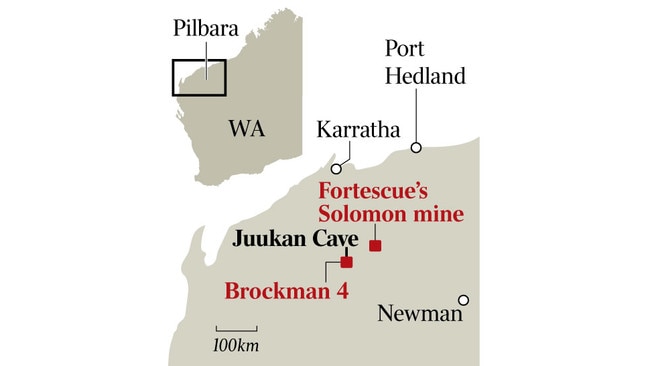
Rio readily admits it got it wrong, and Mr Salisbury has said on a number of occasions that the company will learn from the destruction at Juukan Gorge “so it never happens again”.
But as yet there is no evidence it will change its practices on any of the dozens of Pilbara mining tenements that cover Aboriginal land.
Ken Wyatt said he had spoken with the Prime Minister’s office “to ensure we do not have a repeat of the destruction of any Aboriginal site in this country”.
And the McGowan government has already committed to rewriting the Aboriginal Heritage Act, although it’s unlikely to see the light of day until next year.
Meanwhile, Ben Wyatt has ruled out as “impractical” any suspension of Section 18 approvals. And piles of applications, including more from Pilbara mining giants, are sitting on his desk awaiting the stroke of his pen.

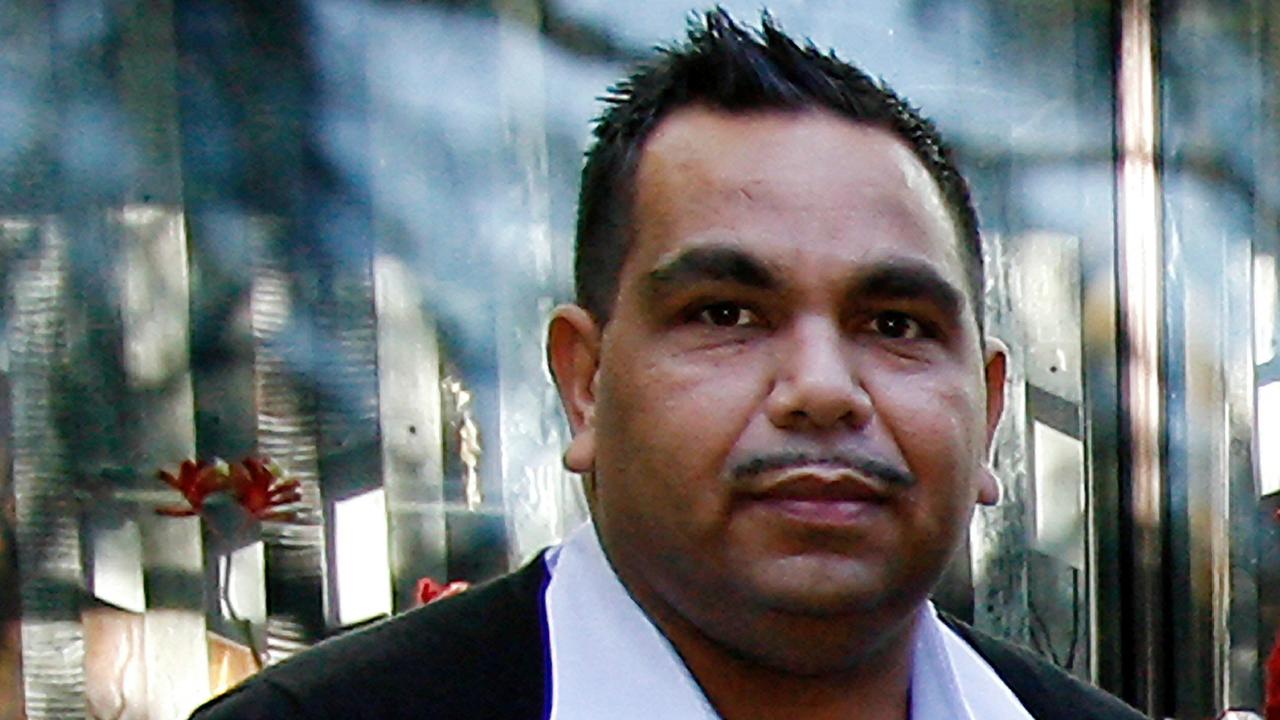
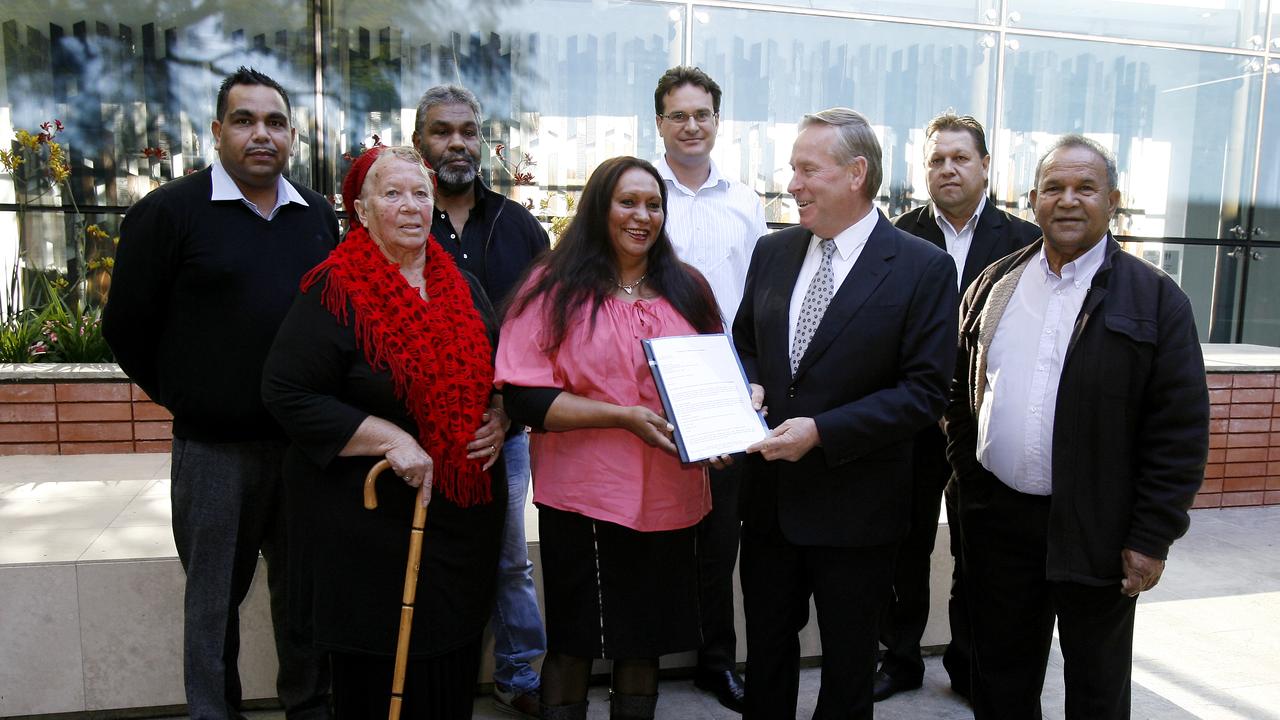
To join the conversation, please log in. Don't have an account? Register
Join the conversation, you are commenting as Logout